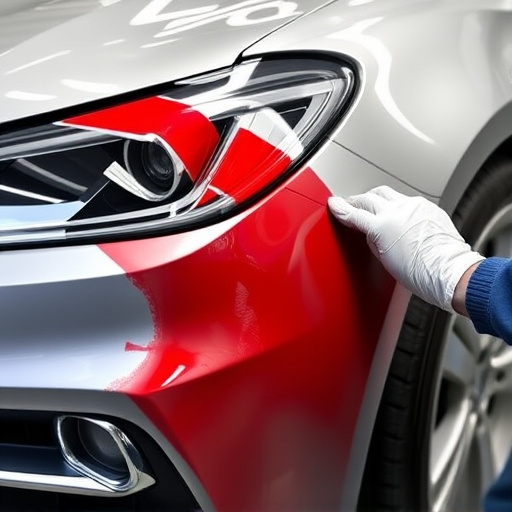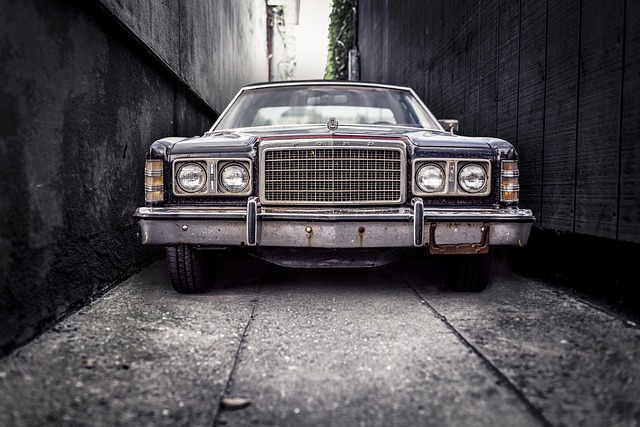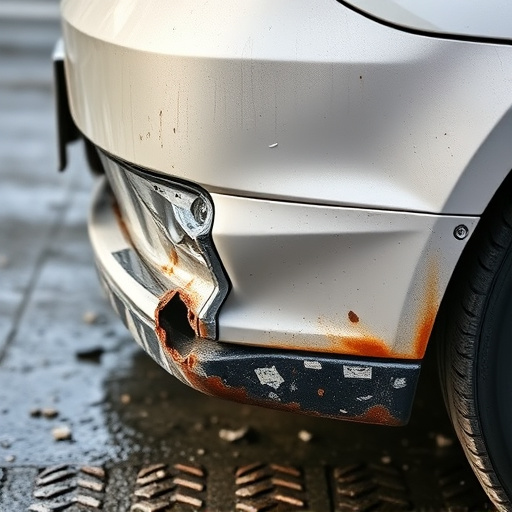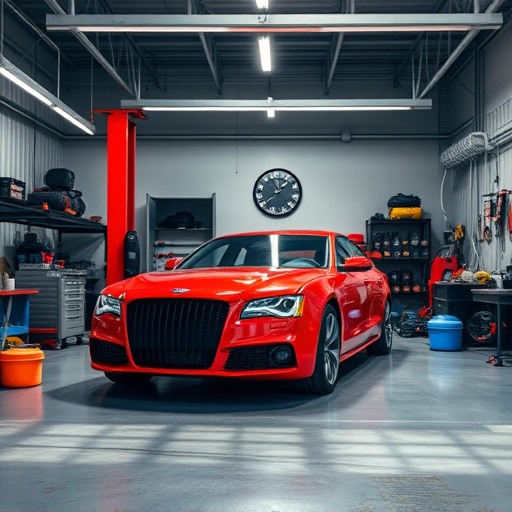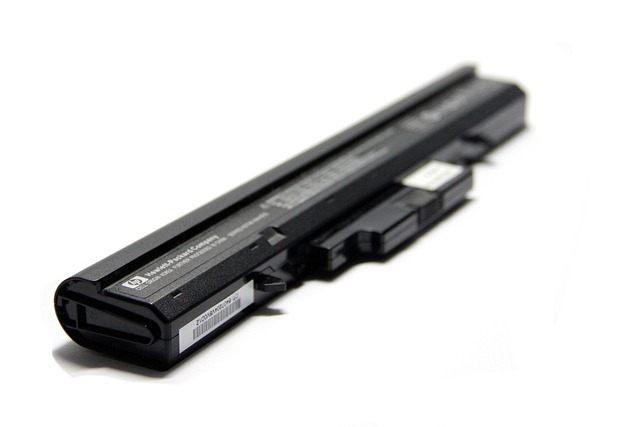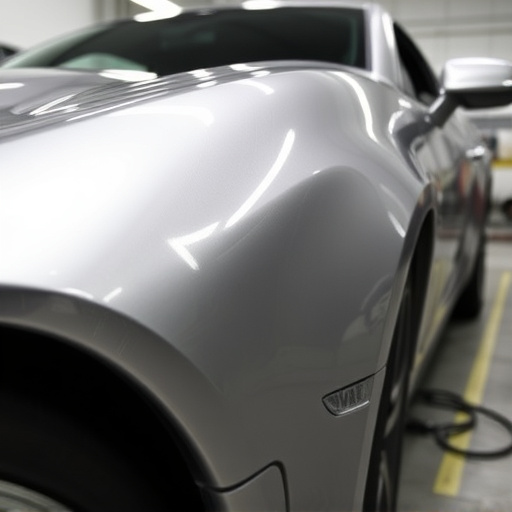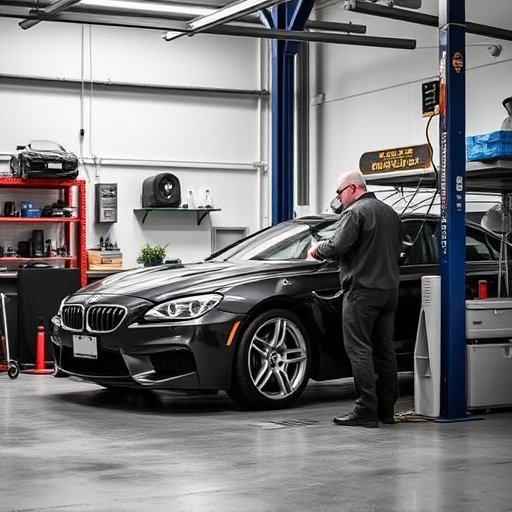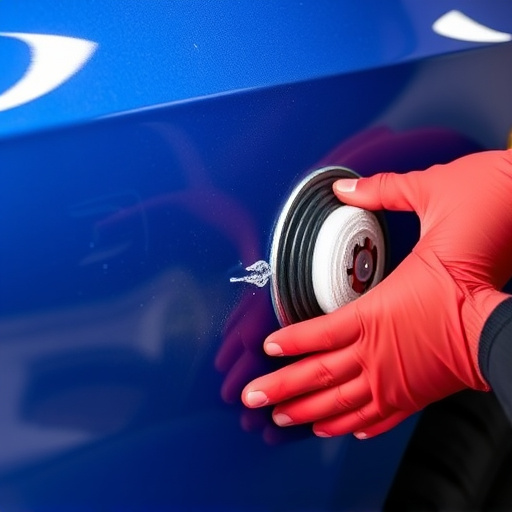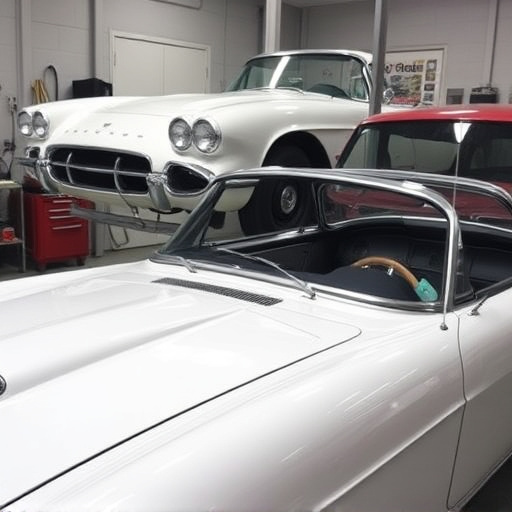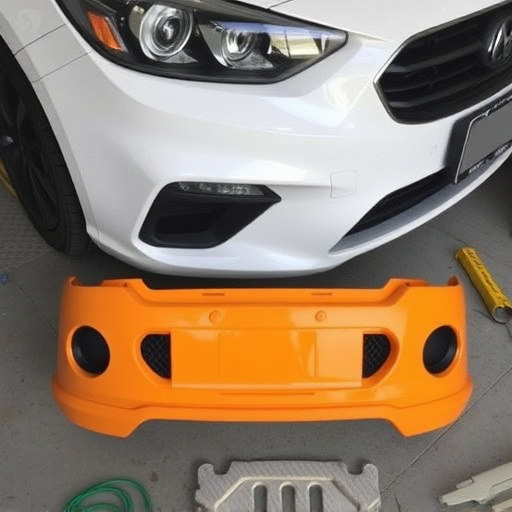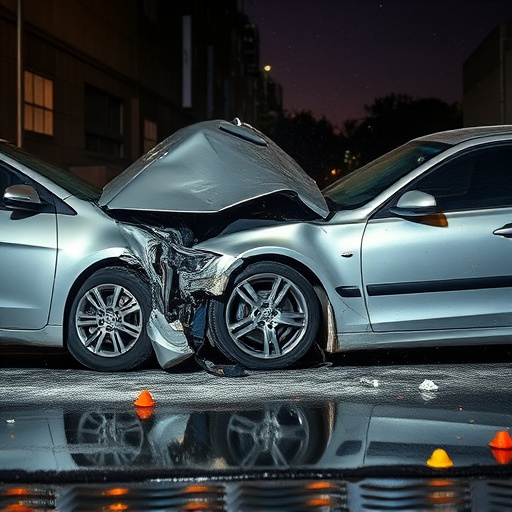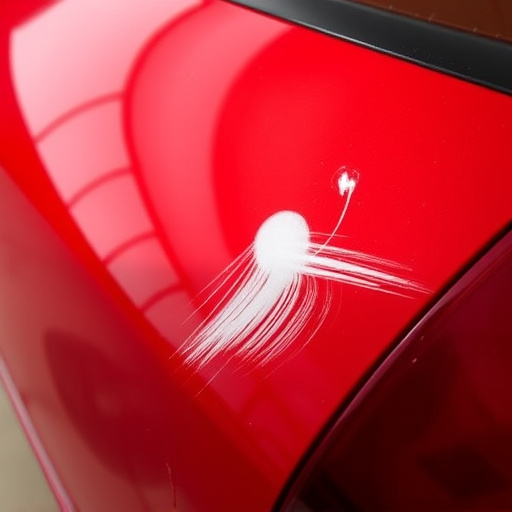A pre-delivery inspection (PDI) is a thorough evaluation of vehicles before sale, checking structural and cosmetic integrity using industry standards. It identifies damage, from cosmetic dents to safety system issues, through visual assessment and diagnostic tools. PDI documentation, including photos, ensures transparency, aids repair decisions, and prevents post-purchase surprises, smoothing the transition from delivery to ownership.
Before accepting a repair job, performing a meticulous pre-delivery inspection is crucial. This process ensures that both structural and cosmetic issues are identified, setting clear expectations for stakeholders. Understanding the distinction between these two types of damage is key; structural repairs address safety and integrity while cosmetic fixes enhance aesthetics. This article guides you through effective strategies for conducting comprehensive pre-delivery inspections, leveraging best practices to ensure every detail is accounted for.
- Understanding Pre-Delivery Inspection Procedures
- Distinguishing Structural vs Cosmetic Damage
- Effective Strategies for Thorough Inspections
Understanding Pre-Delivery Inspection Procedures
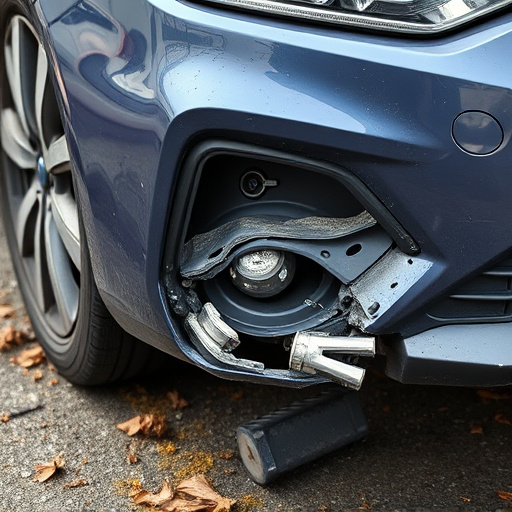
A pre-delivery inspection is a meticulous process designed to identify both structural and cosmetic damage on vehicles before they leave the dealership or workshop. This critical step ensures that buyers receive a vehicle in optimal condition, free from any hidden defects. During this inspection, automotive repair experts thoroughly examine every inch of the car, from the exterior paint job to internal components, using specialized tools and industry-standard guidelines.
The procedure involves various checks, including a visual assessment for dents, scratches, or paint inconsistencies, as well as functional tests like checking lights, horn, and wipers. In cases where damage is found, whether it’s from a minor fender bender at a collision center or more extensive car collision repair, the inspection report serves as a comprehensive record for future reference. This ensures transparency in automotive repair services and provides buyers with peace of mind.
Distinguishing Structural vs Cosmetic Damage
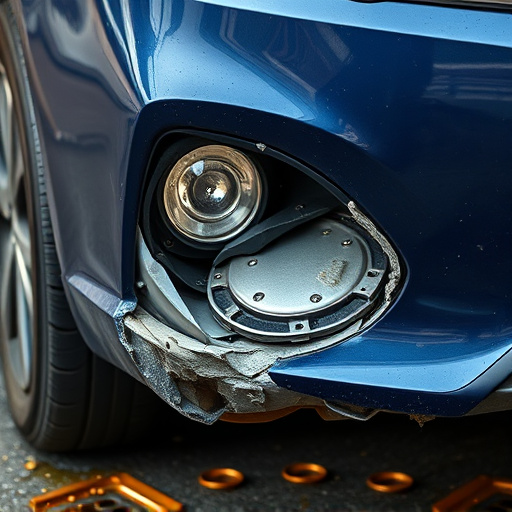
When conducting a pre-delivery inspection, it’s crucial to distinguish between structural and cosmetic damage. Structural damage refers to any harm that affects the vehicle’s integrity, including issues with frames, chassis, or safety systems. These are typically serious concerns that require professional repairs from specialized auto body shops, focusing on vehicle restoration. Cosmetic damage, on the other hand, involves non-structural problems like dents, scratches, or cracked bumpers, which might not compromise the vehicle’s safety but significantly impact its appearance. While these can be addressed through more straightforward car paint repair or vehicle paint repair services, they should still be thoroughly assessed during the pre-delivery inspection to ensure complete transparency and to avoid any surprises for the buyer.
Effective Strategies for Thorough Inspections
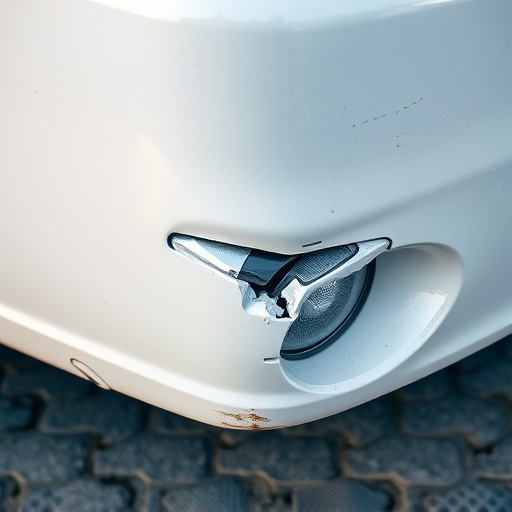
A successful pre-delivery inspection (PDI) relies on a systematic and meticulous approach to ensure every nook and cranny of the vehicle is examined. Begin with a visual assessment, meticulously documenting any existing damage or discrepancies. This includes examining the exterior for dents, scratches, and paint imperfections, as well as checking the interior for stains, tears, and functional issues. Using high-quality photography throughout this process will serve as irrefutable evidence during future discussions regarding structural versus cosmetic repairs.
For a thorough PDI, consider implementing specialized tools and techniques tailored to specific vehicle components. For example, using diagnostic scanners can uncover hidden code errors or system malfunctions. Moreover, for collision repair services, a close inspection of the frame’s alignment, panel gaps, and welds is crucial in determining the extent of damage. Remember, an effective PDI not only minimizes surprises but also facilitates informed decisions regarding auto repair near me, ultimately ensuring a seamless transition from delivery to ownership.
A pre-delivery inspection is a vital step in ensuring a smooth transition from construction to occupancy. By understanding and implementing effective strategies to distinguish structural from cosmetic damage, you can mitigate potential issues and enhance the overall quality of the property. This proactive approach not only saves time and resources but also ensures that the final product meets expectations, making it a crucial practice for any project manager or homeowner.

